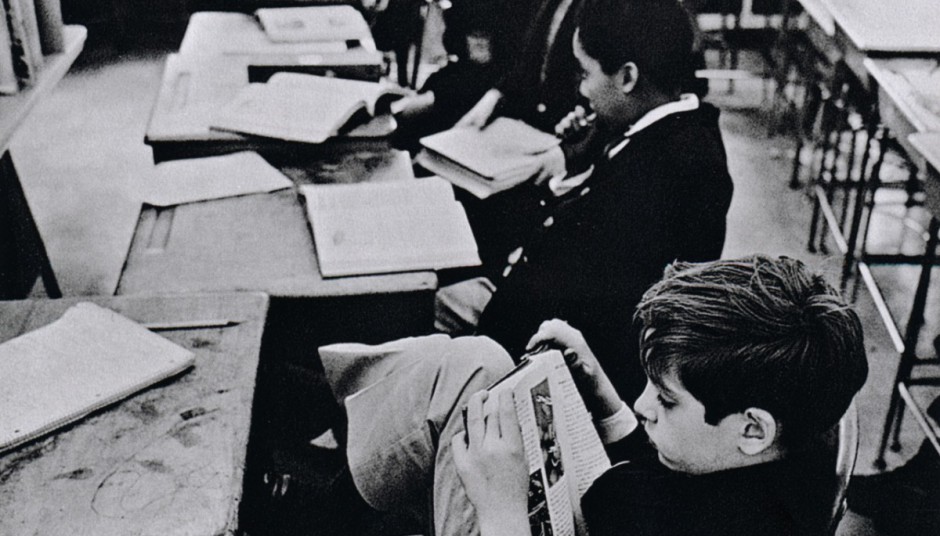I think it was greatly executed, the whole idea of the subway riders not knowing exactly what was going which enabled Evans to capture a natural emotion. Some of these emotions that the people had were blank, confusion, emotionless, and hopelessness. Although Walker Evans was able to capture these photographs and expressions in secrecy, it would be quite difficult to the same action in todays time especially in a New York City subway. People take pictures with their phones and at some point one or more persons would realize what is going. Oftentimes people tend to forget to turn off the flash on their phones thus making it obvious. Also, New Yorkers are angry people, if they see you taking pictures of them they will want to fight you and if they see it on social media or wherever, there will be a greater conflict. There are similarities between the riders then and now for example there are readers on the train, people who looks stressed etc…
Contact Information
Professor Sandra Cheng
Office: Namm 602B
Office Hours: Mon 10-11 am, Tu/Th 9-10 am or
by appointment
Office Tel: 718-260-5003
Email: scheng@citytech.cuny.edu New York Times Arts
New York Times Arts- Loving an ‘Untouched’ Modernist House, and Then Getting Down to Work
- Smithsonian Closes Diversity Office After Trump’s Executive Order
- At the Louvre, the Mona Lisa Will Get Her Own Room as Museum Expands
- The Tangs, New Donor Royalty, Step Into the Spotlight
- The Africa Center’s New Leader Focuses on Connection
-
Recent Posts
Recent Comments
- Leidy on Homework #3: Robert Capa’s Death of a Loyalist Soldier
- Djane96 on Homework #2: Walker Evans’ Subway Portraits
- Djane96 on Homework #3: Robert Capa’s Death of a Loyalist Soldier
- Kelly-Ann on Henry Gomez Homework #3: Robert Capa’s Death of a Loyalist Soldier
- Billy on Homework #3: Robert Capa’s Death of a Loyalist Soldier
Archives
Categories
Meta



